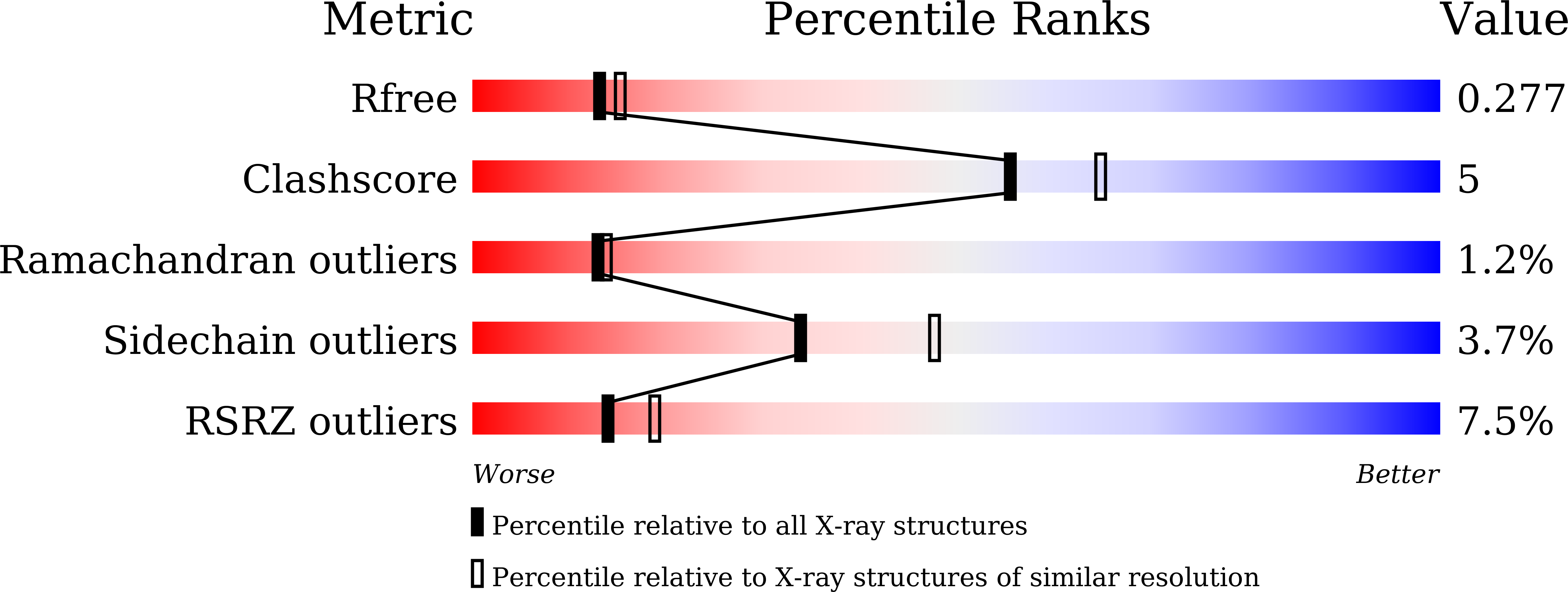
Deposition Date
2020-04-28
Release Date
2021-01-27
Last Version Date
2024-10-23
Entry Detail
PDB ID:
7BZL
Keywords:
Title:
GH127 beta-L-arabinofuranosidase HypBA1 covalently complexed with beta-L-arabinofuranose-configured cyclophellitol
Biological Source:
Source Organism:
Host Organism:
Method Details:
Experimental Method:
Resolution:
2.30 Å
R-Value Free:
0.27
R-Value Work:
0.21
R-Value Observed:
0.21
Space Group:
P 32 2 1


